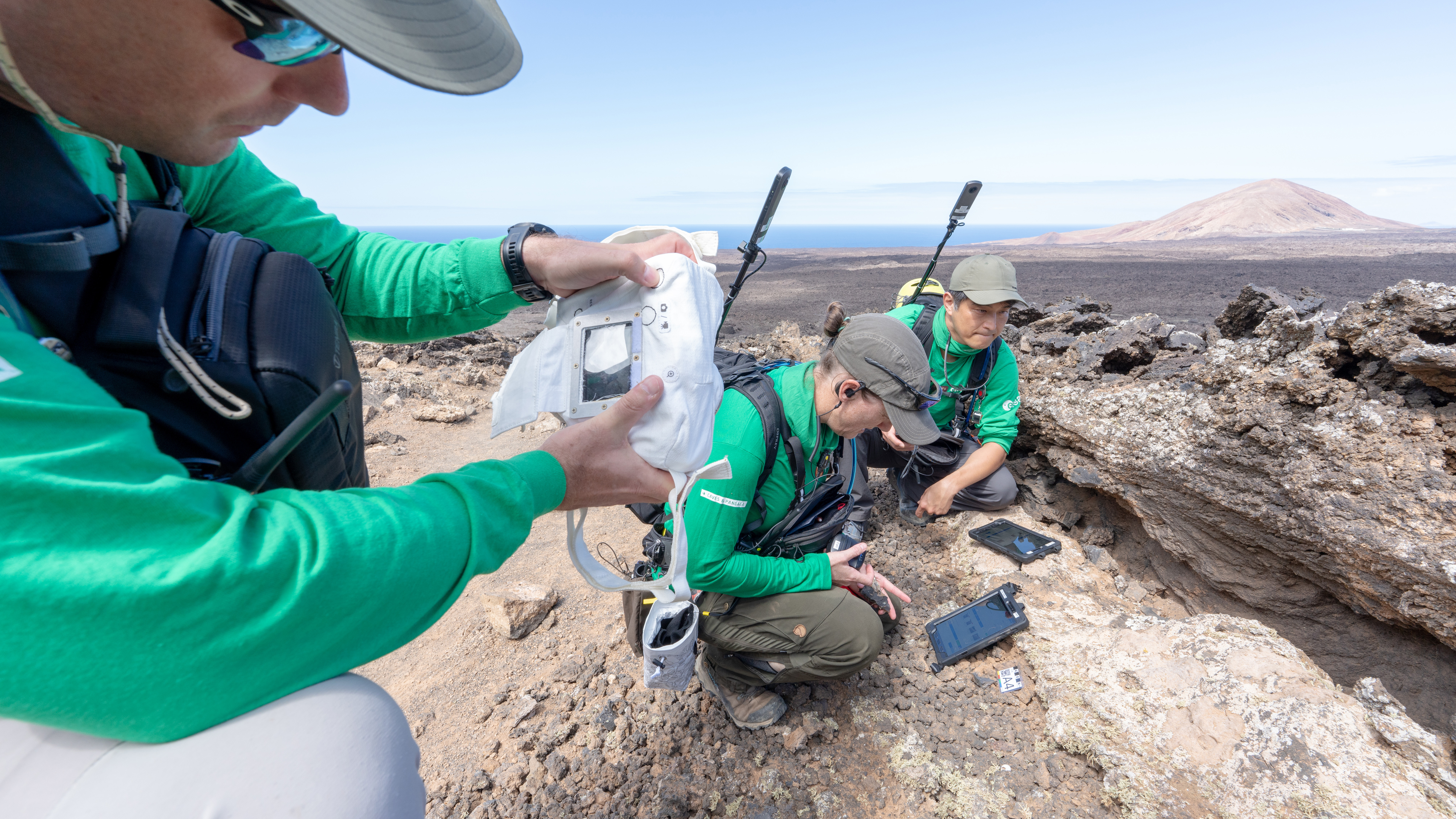New 'moon camera' developed for NASA's upcoming Artemis III lunar landing
NASA and the ESA have been developing a new moon camera, and recent tests have shown great promise

Plans for humanity's triumphant return to the moon are in full swing at NASA, and there will be a lot of photos taken using a new moon camera developed especially for astronauts to use in space: the Handheld Universal Lunar Camera (HULC)
NASA has enlisted the help of the ESA (European Space Agency) to develop and test a camera suitable for the next lunar excursion – the Artemis III mission, currently planned for December 2025. The camera will be Frankensteined from off-the-shelf professional bodies, offering great sensitivity to light and state-of-the-art lenses.
The camera will need to be great in both direct and low light, so they have chosen to make it mirrorless – no doubt taking low light and dynamic range strengths from the best mirrorless cameras on the market. Recent tests have shown great promise, testing the camera in locations that best replicate the moon's lighting conditions – namely deep dark caves and dusty plains.
Although the new moon camera will be made from consumer cameras, a few modifications were needed by NASA to deal with space restrictions. A blanket has been added as a cover, providing it with thermal protection – space can reach as low as -328°F / -200°C!
The blanket will also provide a secondary level of protection from dust and particles; as you may imagine, the definition of weather-sealed on Earth may differ from that on the moon. Lunar dust is very abrasive and causes real problems with technological equipment, while solar radiation travels unchecked by an atmosphere.
Another modification will be focused on the ease of use. Astronauts are required to wear huge gloves, making it tricky to operate ordinary camera buttons. Larger buttons and fewer button options have been introduced for the new camera, enabling quick and easy use in the toughest of conditions.
One of the most prolific European photographers in orbit, ESA astronaut Thomas Pesquet, praised the design after using it at PANGAEA (the astronaut training program). "The engineers have done a really good job reconfiguring the buttons and arranging them in a simple yet reliable protection for the camera," he said.
The best camera deals, reviews, product advice, and unmissable photography news, direct to your inbox!
Another huge component of the camera that is making geologists very excited is its video capabilities. According to the ESA:
"During the geological field trips astronauts document their exploration work using the ESA Electronic Field Book – a tool that allows PANGAEA’s geology instructors to follow and support the crew from the science room. This year, the science team received live audio and video in real-time."
Last time out, the Apollo astronauts used a very different camera: a standalone, mechanical Hasselblad medium-format film camera with a Zeiss Biogon 60mm f/5.6 lens. It, too, was adapted from an off-the-shelf model – the Hasselblad 500C – which NASA astronaut Walter "Wally" Schirra bought from a Houston photography store.
With the advancement in camera technology, the new Artemis mission will look to take more photos and videos than ever before. A recent PANGAEA meeting was focused on finding the correct lenses for the mission. Perhaps they should check out our guides to the best macro lenses and best landscape lenses to get a better idea.
It is a very exciting time in space exploration, and it will provide us with more insight into the surface of the moon than ever before – all using equipment available to us. See more on the new moon camera on the ESA website.

Kalum is a photographer, photo editor, and writer with over a decade of experience in visual storytelling. With a strong focus on photography books, curation, and editing, he blends a deep understanding of both contemporary and historical works.
Alongside his creative projects, Kalum writes about photography and filmmaking, interviewing industry professionals, showcasing emerging talent, and offering in-depth analysis of the art form. His work highlights the power of visual storytelling.




